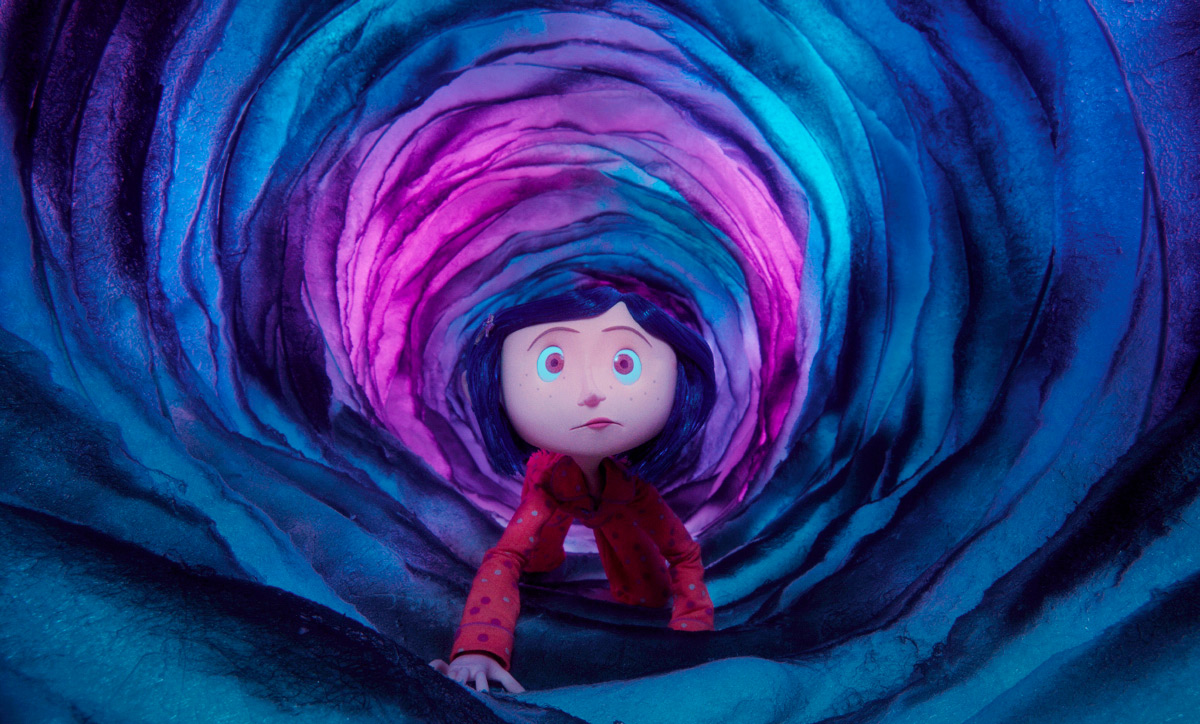20 Must-Read Short Books Under 250 Pages
“The man who does not read books is no better than the man who can’t.”
~ Mark Twain
Reading is a gift. Much like breathing, it is an essential part of being a living, nay thriving, human. That said, sometimes life itself gets in the way.
Responsibilities and commitments sneak in, threatening to upend the teeny level of balance you’ve managed to create for yourself. So, you don’t get time to read. Or maybe, you’re a new reader, fresh into the wonderful world of books, but don’t know where to start. My suggestion would be to start small and easy, and see where it takes you. Like J. K. Rowling has said, ‘If you don’t love reading, you just haven’t found the right book for you’. You may also be a regular reader who breathes and spits out books and is looking to add a few quick reads to meet your yearly reading goals. I’m here to help you out.
Here are our recommendations for the top 20 short books under 250 pages or, as we like to call them – 20 cozy Sunday afternoons well-spent.
- 1. The Great Gatsby by F. Scott Fitzgerald (200 pages)
- 2. Calcutta Chromosome by Amitav Ghosh (222 pages)
- 3. The Old Man And The Sea by Ernest Hemingway (96 pages)
- 4. Tuesdays with Morrie by Mitch Albom (210 pages)
- 5. The Call of the Wild by Jack London (172 pages)
- 6. Animal Farm by George Orwell (141 pages)
- 7. A Study in Scarlet by Sir Arthur Conan Doyle (123 pages)
- 8. Ghachar Ghochar by Vivek Shanbhag (118 pages)
- 9. The Time Machine by H. G. Wells (118 pages)
- 10. Looking for Alaska by John Green (221 pages)
- 11. Perks of Being a Wallflower by Stephen Chbosky (213 pages)
- 12. We Should All Be Feminists by Chimamanda Ngozi Adichie (52 pages)
- 13. Catcher in the Rye by J. D. Salinger (214 pages)
- 14. Adulthood is a Myth by Sarah Andersen (112 pages)
- 15. Swami and Friends by R. K. Narayan (190 pages)
- 16. Coraline by Neil Gaiman (162 pages)
- 17. A Brief History of Time by Stephen Hawking (212 pages)
- 18. Sputnik Sweetheart by Haruki Murakami (229 pages)
- 19. The Bell Jar by Sylvia Plath (234 pages)
- 20. If on a Winter’s Night a Traveller by Italo Calvino (249 pages)
1. The Great Gatsby by F. Scott Fitzgerald (200 pages)
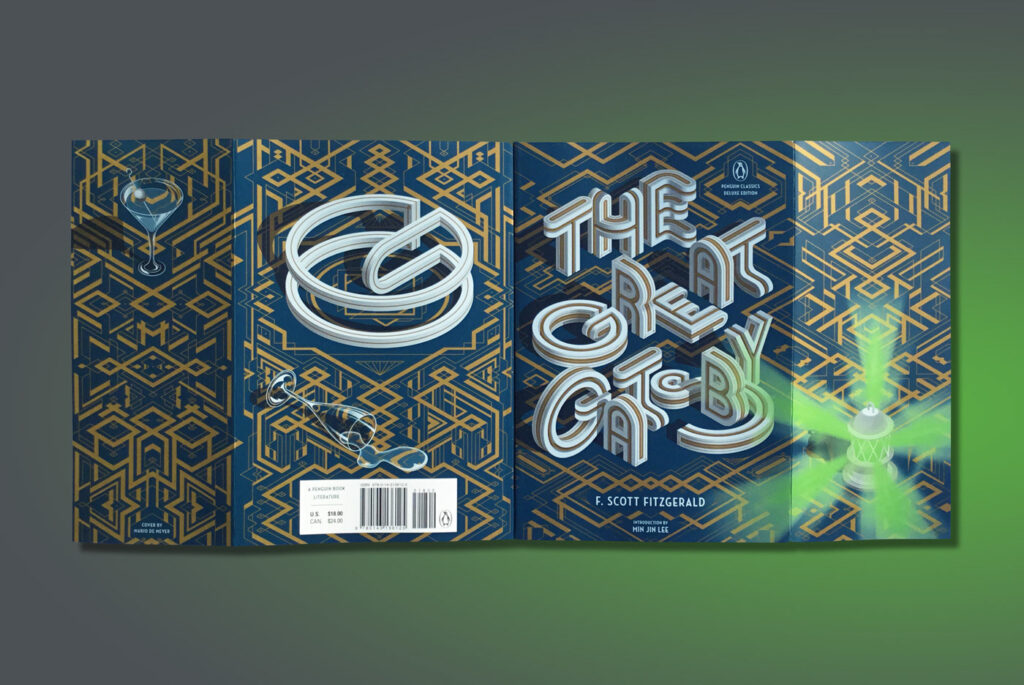
“So we beat on, boats against the current, borne back ceaselessly into the past.”
Considered a classic, The Great Gatsby is the story of the fabulously wealthy Jay Gatsby and his love for the beautiful Daisy Buchanan, of lavish parties on Long Island at a time when The New York Times noted: “gin was the national drink and sex the national obsession,” It is an exquisitely crafted tale of America in the 1920s.
A tale of love, longing, and the shenanigans of the outrageously rich, this book is sure to stay with you for a long time. It has also inspired movies, including The Great Gatsby (2013) by Baz Luhrmann starring Leonardo DiCaprio as the titular character.
2. Calcutta Chromosome by Amitav Ghosh (222 pages)
The Calcutta Chromosome takes readers on a wondrous journey through time as a computer programmer trapped in a mind-numbing job hits upon a curious item that will forever change his life. When Antar discovers the battered I.D. card of a long-lost acquaintance, he is suddenly drawn into a spellbinding adventure across centuries and around the globe, into the strange life of L. Murugan, a man obsessed with the medical history of malaria, and into a magnificently complex world where conspiracy hangs in the air like mosquitoes on a summer night. “The Calcutta Chromosome” offers insights into the social and political dynamics of India during the colonial era and the impact of science and technology on society. Ghosh’s prose is richly descriptive, creating vivid images of the landscapes and characters he depicts.
3. The Old Man And The Sea by Ernest Hemingway (96 pages)

“But man is not made for defeat,” he said. “A man can be destroyed but not defeated.”
Another modern classic, this is a superbly told, tragic story of a Cuban fisherman in the Gulf Stream and the giant Marlin he kills only to lose it. Hemingway weaves an intricate tale in the seemingly drab background of a fisherman’s outing. Pick this book up for a well-curated wave of emotions, the philosophical musings of an old man and some food for thought around life and death (no pun intended).
4. Tuesdays with Morrie by Mitch Albom (210 pages)
“I give myself a good cry if I need it, but then I concentrate on all good things still in my life.”
Maybe it was a grandparent, a teacher, a colleague or someone older, patient and wise who understood you when you were young. They gave you sound advice to help you make your way through your phase of finding out more about yourself. For Mitch Albom, that person was Morrie Schwartz, his college professor from nearly twenty years ago. He rediscovered Morrie in the last months of the older man’s life. Knowing he was dying of ALS – or motor neurone disease – Mitch visited Morrie in his study every Tuesday, just as they used to back in college. Their rekindled relationship turned into one final ‘class’ – Lessons in how to live.
5. The Call of the Wild by Jack London (172 pages)
“The ghostly winter silence had given way to the great spring murmur of awakening life.”
A tale for all ages, The Call of the Wild is regarded as Jack London’s masterpiece. Based on London’s experiences as a gold prospector in the Canadian wilderness and his ideas about nature and the struggle for existence, this is about an unbreakable spirit and the fight for survival in the frozen Alaskan Klondike. It tells the story of Buck, a domesticated dog stolen from his home in California and sold into the brutal life of an Alaskan sledge dog during the Gold Rush. As Buck adapts to his new environment, he transforms a pampered pet into a powerful and independent wild animal. The book is also a poignant exploration of the human-animal bond and the power of resilience and adaptability in the face of adversity.
6. Animal Farm by George Orwell (141 pages)

“All animals are equal, but some animals are more equal than others.”
A farm is taken over by its overworked, mistreated animals. With flaming idealism and stirring slogans, they set out to create a paradise of progress, justice, and equality. This story sets the stage for one of the most satiric fables ever penned –a razor-edged fairy tale for grown-ups. A devastatingly complex, disturbing book about revolutions, tyranny and totalitarianism. This satire has so many layers to itself, each serving as an eye-opening reflection about the world around us. Initially targeted at Stalinist Russia by Orwell, today it is clear that wherever and whenever freedom is attacked, under whatever banner, the cutting clarity and savage comedy of George Orwell’s masterpiece have a ferociously fresh meaning and message for us.
7. A Study in Scarlet by Sir Arthur Conan Doyle (123 pages)
“What the deuce is it to me?” he interrupted impatiently: “you say that we go round the sun. If we went round the moon it would not make a pennyworth of difference to me or to my work.”
Enough has been said about Sir Arthur Conan Doyle and his Sherlock Holmes series, but we’re here to say that it isn’t enough. The first Holmes story, published in Beeton’s Christmas Annual in 1887, was followed by such massive success that it led to the regular column at Strand magazine, allowing Doyle to give up his medical practice. The story follows Dr Watson, who has just returned from a war in Afghanistan, meeting Sherlock Holmes for the first time when they become flat-mates at the famous 221 B Baker Street apartment. In “A Study in Scarlet”, Sherlock Holmes investigates a murder at Lauriston Gardens as Dr Watson tags along, narratively detailing his exceptional deductive abilities. Once you’re done with this one, pick up the rest of the Sherlock Holmes series and thank me later.
8. Ghachar Ghochar by Vivek Shanbhag (118 pages)
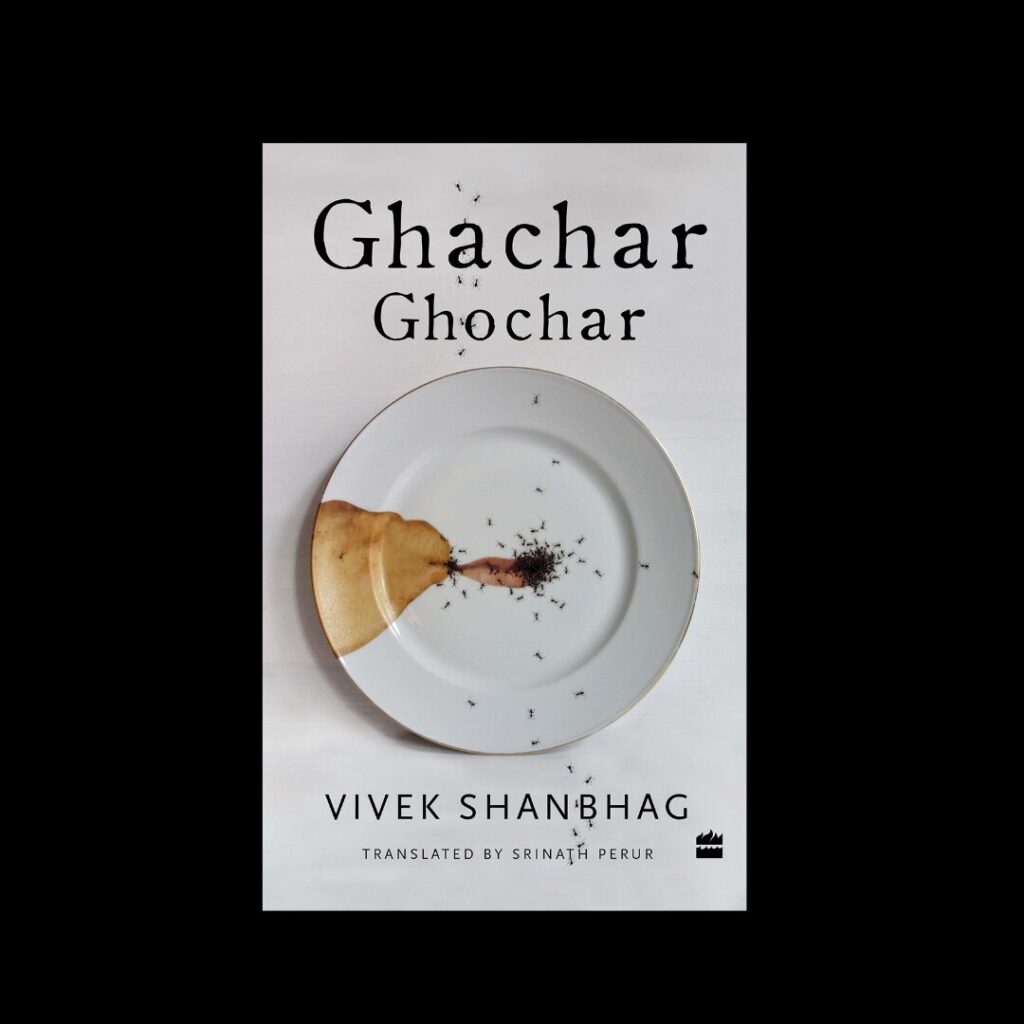
“Words, after all, are nothing by themselves. They burst into meaning only in the minds they’ve entered.”
A young man’s close-knit family is nearly destitute when his uncle sets up a successful spice company, changing their fortunes overnight. As they move from a cramped, ant-infested shack to a larger house on the other side of Bangalore, trying to adjust to a new way of life, the family dynamic begins shifting. Allegiances realign; marriages are arranged and begin faltering; and conflict brews ominously in the background – Things become “ghachar ghochar”, a nonsense phrase uttered by one meaning something tangled beyond repair. It (also, the family) is a knot that can’t be untied. Elegantly written and punctuated by moments of unexpected warmth and humor, Ghachar Ghochar is a quietly enthralling, deeply unsettling novel about shifting meanings and consequences of financial gain in contemporary India.
9. The Time Machine by H. G. Wells (118 pages)
“It sounds plausible enough tonight, but wait until tomorrow. Wait for the common sense of the morning.”
The Time Traveller’s astonishing first-hand account of his journey across 800,000 years beyond his own era is the story that launched H.G. Wells’s successful career as a writer. It also earned him the reputation as the ‘Father of Science Fiction’. With a speculative leap that still fires the imagination, Wells sends his brave explorer to face a future burdened with our greatest hopes and our darkest fears. A pull of the Time Machine’s lever propels the protagonist to the age of a slowly dying Earth. What happens next is simply a proponent of expert storytelling and provocative insight.
Also, Read – 10 Best Time Travel Movies Ever Made
10. Looking for Alaska by John Green (221 pages)
“The only way out of the labyrinth of suffering is to forgive.”
Miles “Pudge” Halter is done with his safe life at home. His life has been one big non-event, and his obsession with famous last words has only made him crave “The Great Perhaps” even more (Francois Rabelais, poet). He heads off to the sometimes crazy and anything-but-boring world of Culver Creek Boarding School, and his life becomes the opposite of safe because down the hall is Alaska Young. The gorgeous, clever, funny, sexy, self-destructive, screwed up, and utterly fascinating Alaska Young is an event in herself. Followed by a beautifully carved story of young life and the various things one might be ploughed on to deal with, John Green’s debut novel is a stunningly poignant study into human relationships and acceptance of the ways of life. It’s a short book and makes for a light read, but it leaves a mark on you with its stunningly beautiful prose.
11. Perks of Being a Wallflower by Stephen Chbosky (213 pages)
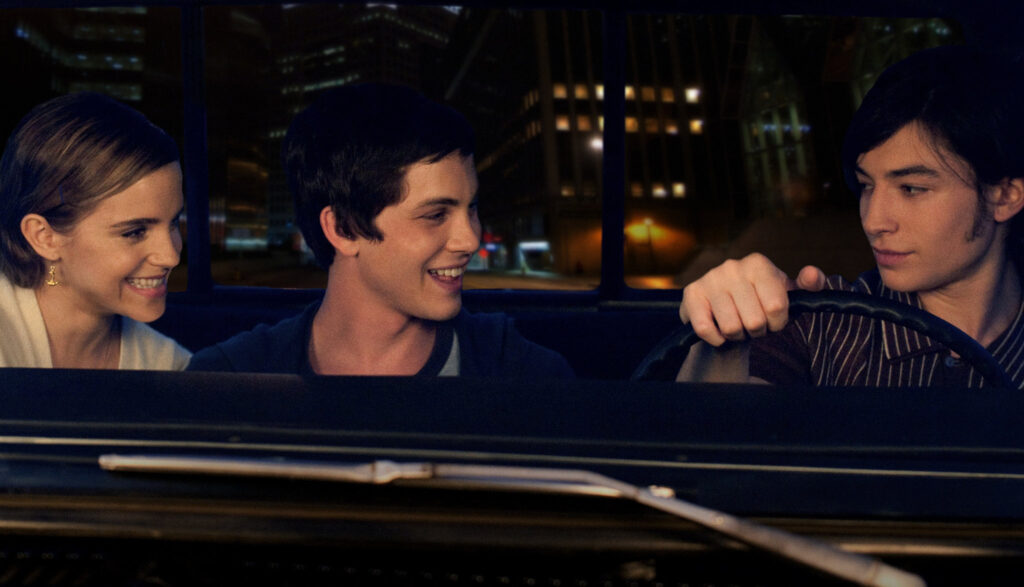
“Not everyone has a sob story, Charlie, and even if they do, it’s no excuse.”
Maybe not something you’d want to read in one sitting, Stephen Chbosky’s novel is a deep, emotional story about Charlie and the process of coming of age in high school. More intimate than a diary, Charlie’s letters are singular, unique, hilarious and devastating. We may not know where he lives; we may not know to whom he is writing; all we know is the world he shares. The world of first dates and mixed tapes, family dramas and new friends, sex, drugs, and The Rocky Horror Picture Show, when all one requires is the perfect song on that perfect drive to feel infinite. Through Charlie, Stephen Chbosky has created a deeply affecting coming-of-age story, a powerful novel that will spirit you back to those wild and poignant roller-coaster days known as growing up.
12. We Should All Be Feminists by Chimamanda Ngozi Adichie (52 pages)
“The problem with gender is that it prescribes how we should be rather than recognizing how we are.”
What does “feminism” mean today? That is the question at the heart of We Should All Be Feminists, a personal, eloquently-argued essay—adapted from her much-viewed TEDx talk of the same name—by Chimamanda Ngozi Adichie. Argued in the same observant, witty and clever prose that has made Adichie a bestselling novelist, here is one remarkable author’s exploration of what it means to be a woman today and an of-the-moment rallying cry for why we should all be feminists. A super short book; it’s more like an essay, which gives you so much to think about regarding contemporary ideas around feminist liberation. The book doesn’t preach; it only narrates the experiences and thoughts of the author.
13. Catcher in the Rye by J. D. Salinger (214 pages)
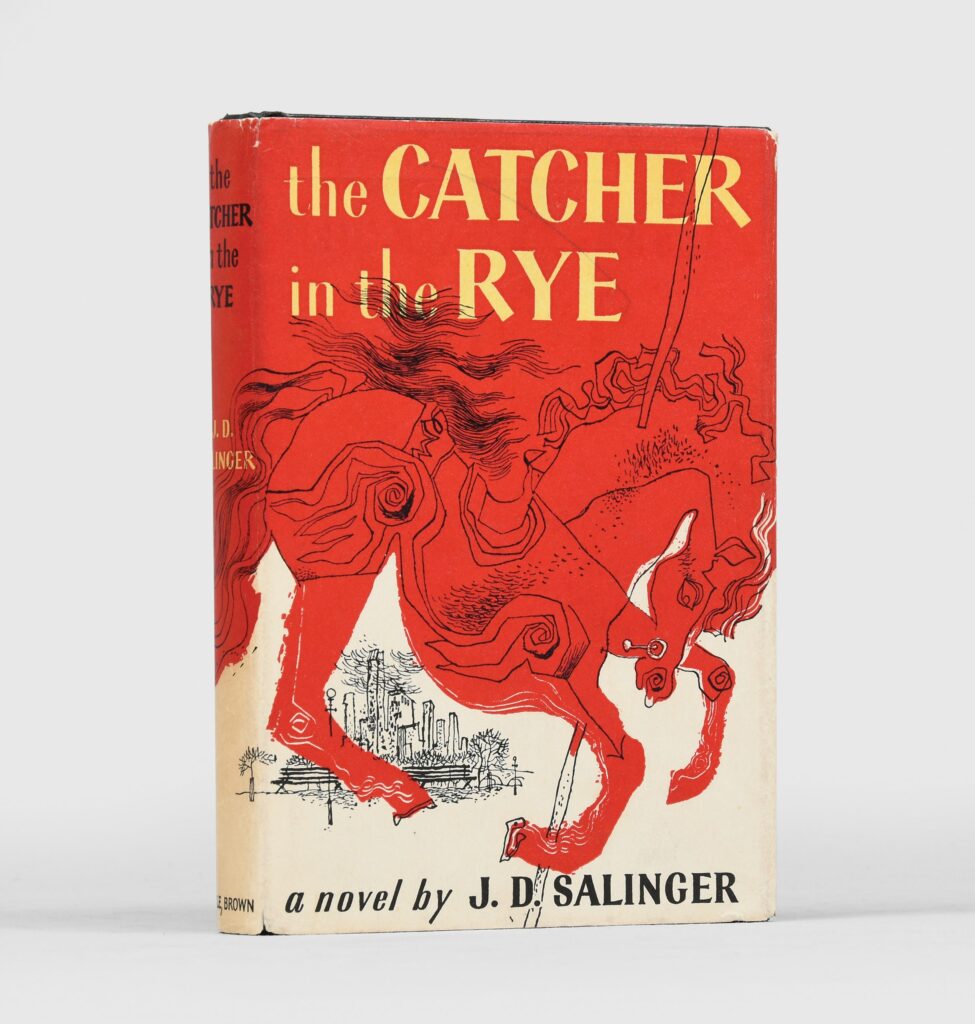
“What really knocks me out is a book that, when you’re all done reading it, you wish the author that wrote it was a terrific friend of yours and you could call him up on the phone whenever you felt like it. That doesn’t happen much, though.”
This book, first person in twentieth-century colloquial terms, describes a phase in the life of a teenager kicked out of various schools with no specific aim in his path, generally depressed about his life and everybody else’s. “The Catcher in the Rye” by J.D. Salinger follows the story of Holden Caulfield, a teenage boy who has been expelled from his prep school. After leaving school early, Holden wanders around New York City, struggling to come to terms with his feelings of alienation and disillusionment with the adult world. Throughout his journey, he encounters various people and grapples with the complexities of growing up. Ultimately, Holden’s journey leads him to a mental breakdown and a realization of the importance of preserving the innocence of children. It isn’t very eventful; that must be why some find it boring, but honestly, it’s a hearty book to read.
14. Adulthood is a Myth by Sarah Andersen (112 pages)
From Instagram fame to a bestselling comic book, Sarah Andersen creates content that is unashamedly reflective of awkward, stupid, and challenging situations. She documents the wasting of beautiful weekends on the internet, the unbearable agony of holding hands on the street with a gorgeous guy, dreaming all day of getting home and back into pyjamas, and wondering when exactly adulthood sets in. In other words, she documents the horrors and awkwardness of young modern life. It is an illustrated short book for random perusing when you feel like you’re the only one with stupid, embarrassing problems. 10/10 for reliability.
15. Swami and Friends by R. K. Narayan (190 pages)
“Friendship was another illusion like love, though it did not reach the same mad heights. People pretended that they were friends, when the fact was they were brought together by force of circumstances.”
Written by R.K. Narayan, this novel is set in the fictional town of Malgudi, India, during the 1930s. It follows the adventures of Swaminathan, a young boy who navigates the ups and downs of childhood with his group of friends. Through his experiences, Swami learns about the complexities of growing up, the importance of friendship and family, and the socio-cultural dynamics of India during British colonial rule. A charming and relatable coming-of-age story, Swami and Friends offers insights into the Indian experience during a pivotal period in history. The novel is humorous and moving, with a keen sense of observation and a richly detailed portrayal of everyday life in small-town India. It is also an excellent introduction to the works of R.K. Narayan, one of India’s most celebrated and influential authors.
16. Coraline by Neil Gaiman (162 pages)
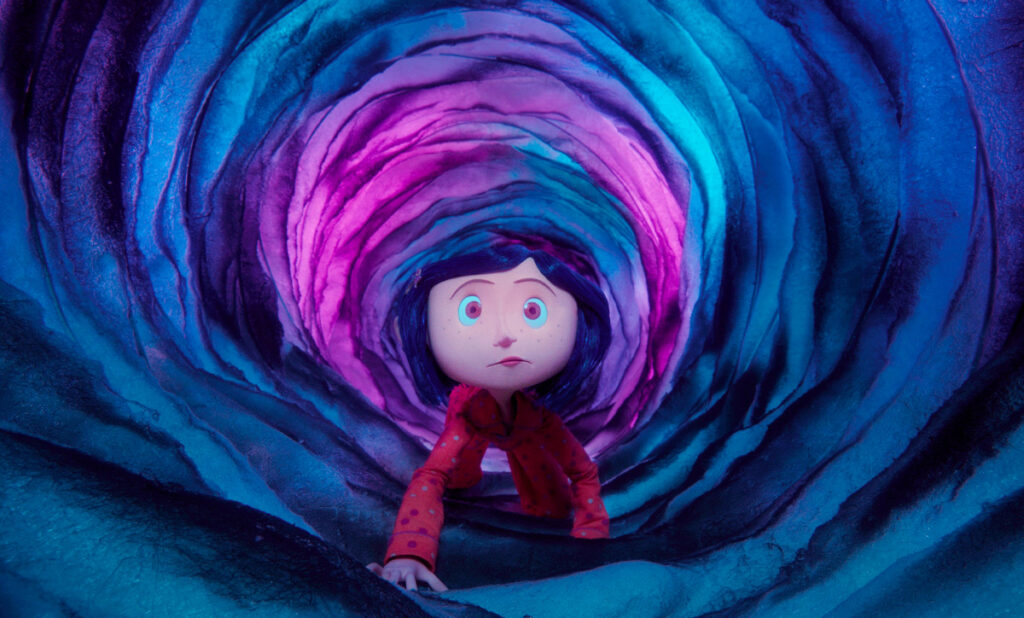
“Fairy tales are more than true: not because they tell us that dragons exist, but because they tell us that dragons can be beaten.”
In the new flat where Coraline’s family has come to live, there are twenty-one windows and fourteen doors. Thirteen doors open and close, but the fourteenth door is locked. It is guarded only by a brick wall until the day Coraline unlocks the door to find a passage to another flat in another house just like her own. Only it’s different! Behind the door lies a strange and dangerous alternate world, where Coraline’s “Other” mother and “Other” father seek to keep her trapped forever. As Coraline navigates the eerie and unsettling world, she must rely on her wits and determination to save herself and her family. Critically acclaimed and award-winning author Neil Gaiman delights readers with his first novel for all ages. A creepy, short book is all you need to knock your sleep off at night.
17. A Brief History of Time by Stephen Hawking (212 pages)
“Only time(whatever that may be) will tell.”
In the ten years since its publication in 1988, Stephen Hawking’s classic work has become a landmark volume in scientific writing, with more than nine million copies in forty languages sold worldwide. A concise lesson on physics and recent discoveries of the universe, with as few math equations as possible, combined with Hawking’s conspicuous passion and dry humour, A Brief History of Time is a must-read for all. The book covers topics such as the origins of the universe, the nature of space and time, and the mysteries of black holes. Through his writing, Hawking offers a compelling and thought-provoking perspective on the nature of the universe and our place within it. Hawking’s clear and engaging writing style makes this book accessible to readers of all backgrounds.
18. Sputnik Sweetheart by Haruki Murakami (229 pages)
“I dream. Sometimes I think that’s the only right thing to do. To dream, to live in the world of dreams. But it doesn’t last forever. Wakefulness always comes to take me back.”
Whereas Miu is glamorous and successful, Sumire is an aspiring writer who dresses in an oversized second-hand coat and heavy boots like a character in a Kerouac novel. Sumire is in love with a woman seventeen years her senior (Miu), and she spends hours on the phone talking to her best friend K about the big questions in life: what is sexual desire, and should she ever tell Miu how she feels for her? Meanwhile, K wonders whether he should confess his own unrequited love for Sumire. Then, a desperate Miu calls from a small Greek island stating that Sumire has mysteriously vanished. The book explores the complexities of love, loss, and identity. Through his writing, Murakami offers a unique and introspective exploration of the human psyche, with a focus on the themes of loneliness, desire, and the search for meaning in life.
Also, Read – No, He Doesn’t Really Talk About Running – Haruki Murakami’s ‘What I Talk About When I Talk About Running’
19. The Bell Jar by Sylvia Plath (234 pages)
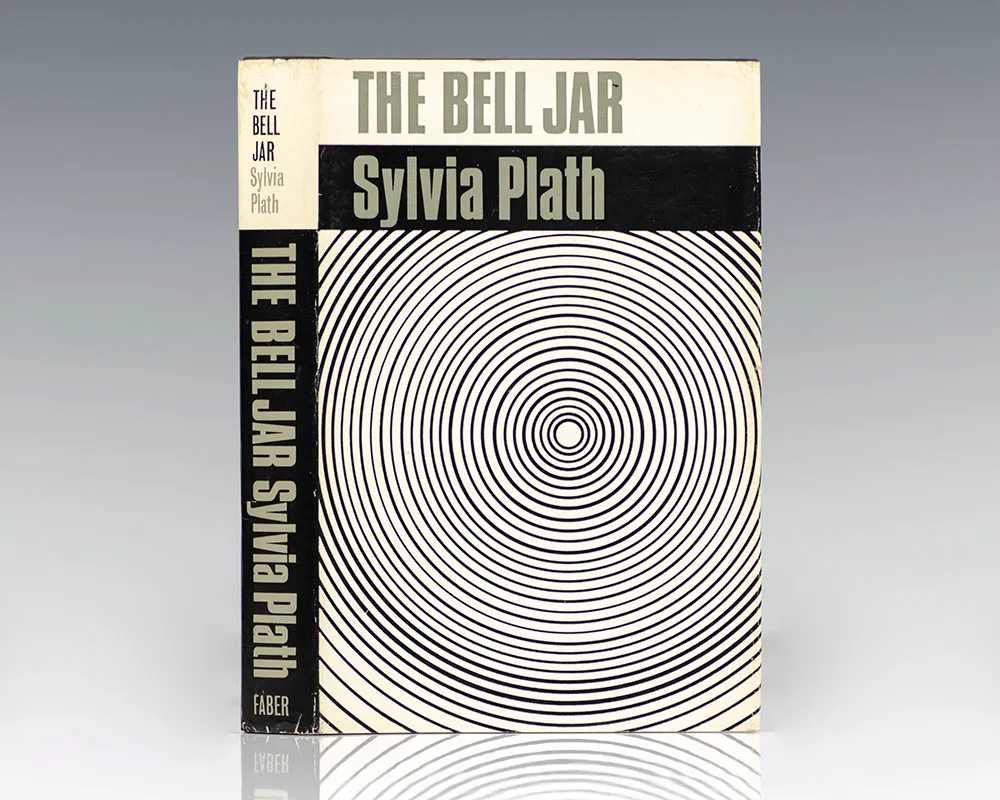
“Death must be so beautiful. To lie in the soft brown earth, with the grasses waving above one’s head, and listen to silence. To have no yesterday and no tomorrow. To forget time, to forgive life, to be at peace.”
Sylvia Plath’s shocking, realistic, and intensely emotional novel is about a woman falling into the grip of insanity. Esther Greenwood is brilliant, beautiful, enormously talented, and successful but is slowly going under, maybe for the last time. In her acclaimed and enduring masterwork, Sylvia Plath brilliantly draws the reader into Esther’s breakdown with such intensity that her insanity becomes palpably real and as accessible an experience as going to the movies. A deep penetration into the darkest and most harrowing corners of the human psyche, The Bell Jar is an extraordinary accomplishment and a haunting American classic.
20. If on a Winter’s Night a Traveller by Italo Calvino (249 pages)
“What makes lovemaking and reading resemble each other most is that within both of them times and spaces open, different from measurable time and space.”
“If on a winter’s night a traveler” by Italo Calvino is a postmodern novel that tells the story of a reader who begins to read a novel titled “If on a winter’s night a traveler” by an unknown author, only to discover that the book is incomplete. The reader sets out on a quest to find the rest of the novel, encountering various characters and stories along the way. The book is a marvel of ingenuity, an experimental text that looks longingly back to the great age of narration “when time no longer seemed stopped and did not yet seem to have exploded.” Italo Calvino’s novel is, in one sense, a comedy. If on a Winter’s Night is dazzling, vertiginous, and deeply romantic.

